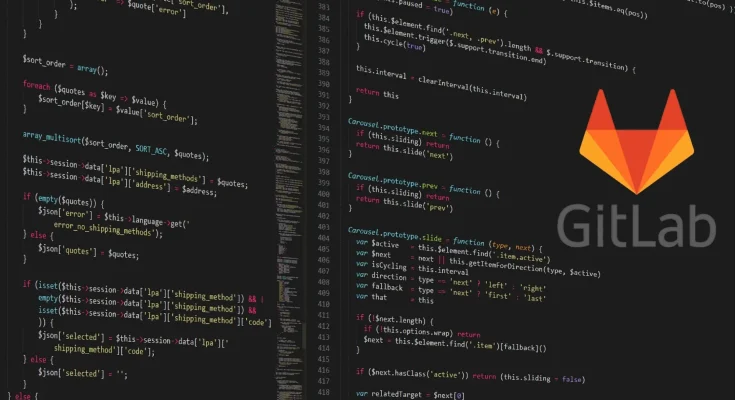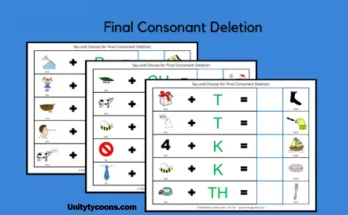Within the constantly changing world of technology, Science GitLab shines a light on new ideas and effectiveness. Our dedication to offering unequaled understandings into the area of GitLab goes beyond usual limits. In this complete investigation, we plunge into the fine details of Totally Science GitLab, discovering its core, qualities, and the revolutionary effect it has on companies.
Understanding the Core of Totally Science GitLab
Totally Science GitLab goes above and beyond merely being a repository management platform; it is a lively ecosystem intended to streamline the entire development process. Fundamentally, it acts as a strong version control system, allowing teams to jointly tackle code together, guaranteeing smooth integration and deployment steps. The versatility of the platform surpasses version control, incorporating solid project administration, continuous integration, and container registry capabilities.
What is GitLab?
It is a website that provides many tools for changing and working together on code. It helps manage a Git place to keep code. With It, developers can easily see and track changes to code. This makes it easier for groups to work together on projects. Beyond changing code, this combines different tools for continuous integration, continuous delivery (CI/CD), checking code, tracking problems, and more. This all-in-one solution makes the development process easier. It lets groups work together, automates work steps, and keeps one place for their full codebase.
How is it used?
It makes teamwork on software code easier. It saves all versions of code files and improves how teams work together. It is usually used like this:
Version Control
Source code is tracked and managed by developers using Git repositories. Developers can make copies of branches using this tool. They can change the code in branches and then add it back into the main code.
Collaboration
This provides a collaborative environment where developers can work together on projects in real time. Teams can collaborate on code reviews, comment on specific lines of code, and ensure code quality before merging changes.
Continuous Integration/Continuous Deployment (CI/CD)
It has tools that automatically test and deploy new code without needing extra setup. This helps develop software more quickly.
Issue Tracking
Gitlab has a robust issue-tracking system where teams can create, assign, and prioritize tasks. This feature helps teams manage project milestones, track bugs, and organize work items.
Wiki and Documentation
It provides wiki functionality for creating documentation alongside the codebase. Teams can document project details, guidelines, and important information within the GitLab repository.
Container Registry
It makes it simple to use Docker images in development. It has a place to save and use Docker pictures, integrating containers into the work process.
Access Control
It lets those in charge set rules for who can see and do what. This ensures only certain people can access or change things, based on their role.
Integration with Third-Party Tools
It integrates seamlessly with various third-party tools and services, enhancing its flexibility and compatibility with different development ecosystems.
GitLab combines different features to provide a complete system for managing software development from start to finish. It has version control, collaboration, automatic testing, and deployment tools all together. Being all-in-one makes it popular for teams who want one integrated solution to make their work processes smoother.




